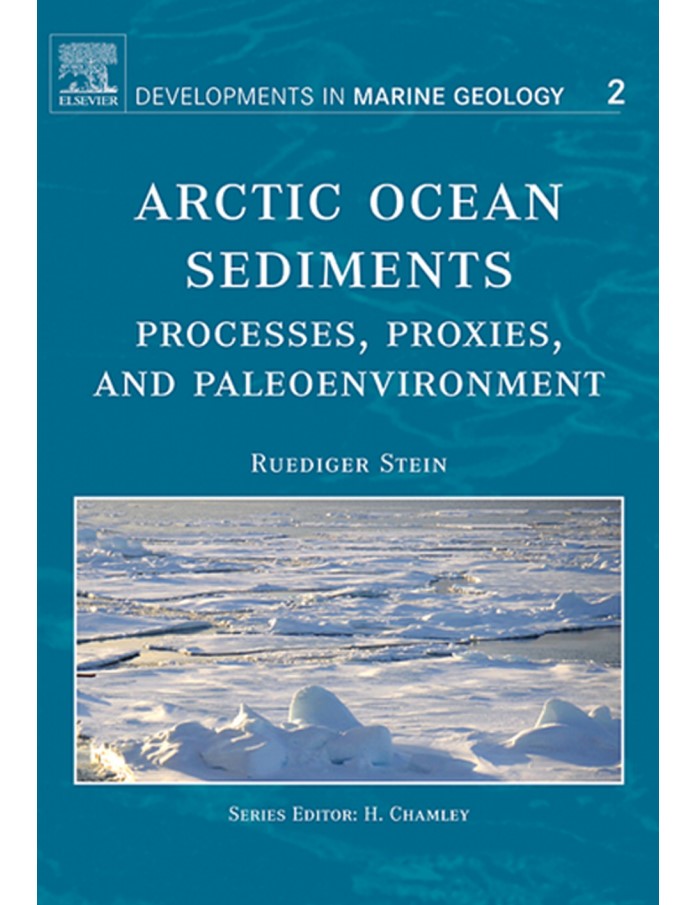lthough it is generally accepted that the Arctic Ocean is a very sensitive and important region for changes in the global climate, this region is one of the last major physiographic provinces of the earth whose short- and long-term geological history is not very well known. Since the first recovery and description of deep-sea sediments during the famous 1893–1896 Fram-Expedition of Fridtjof Nansen (Nansen, 1897; Boggild, 1906), the progress in getting a better understanding of the Arctic Ocean system and its relationship to global change has been slow in comparison to studies in other ocean regions. This lack of knowledge is mainly caused by the major technological/logistic problems in reaching this permanently ice-covered region with normal research vessels and in retrieving long and undisturbed sediment cores. Prior to 1990, the available samples and geological data from the central Arctic Basins are derived mainly from drifting ice islands such as T-3 (e.g., Clark et al., 1980) and CESAR ( Jackson et al., 1985), and a few ships expeditions such as Ymer-80 (Bostrom & Thiede, 1984), Polarstern ARK-IV/3 (Thiede, 1988), and Polar Star1988 (Phillips et al., 1992). Comprehensive summaries about the knowledge on Arctic Ocean geology based on data available prior to 1990 were published in Herman (1989), Bleil and Thiede (1990), and Grantz et al. (1990).
5
ARCTIC OCEAN SEDIMENTS: PROCESSES, PROXIES, AND PALEOENVIRONMENT
Ruediger Stein
Penerbit :
Elsevier
Tahun :
2008
Buku Text
-
No Scan-
-
No Klasifikasi-
-
ISBN978-0-444-52018-0
-
ISSN-
-
No Registrasi-
-
Lokasi TerbitNetherlands
-
Jumlah Hal592
-
Label-
-
Versi DigitalTIDAK
-
Versi FisikTIDAK
-
Lokasi Rak Buku Fisik//
-
Jumlah Exemplar Fisik Tersedia-




